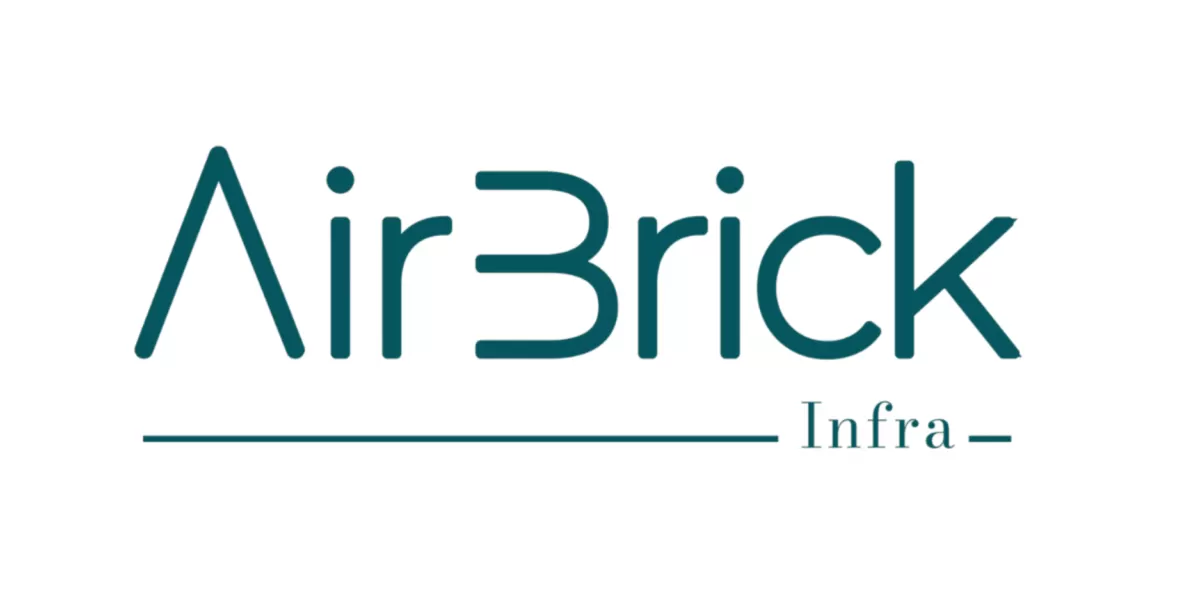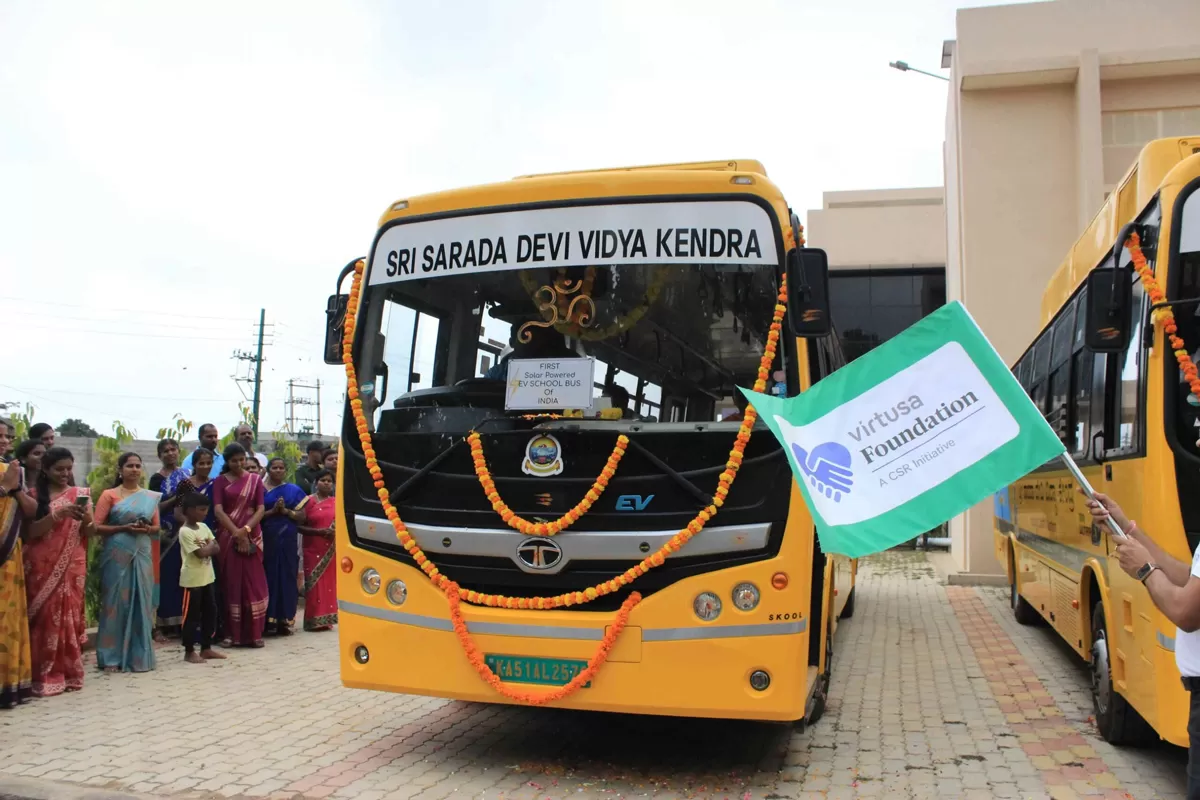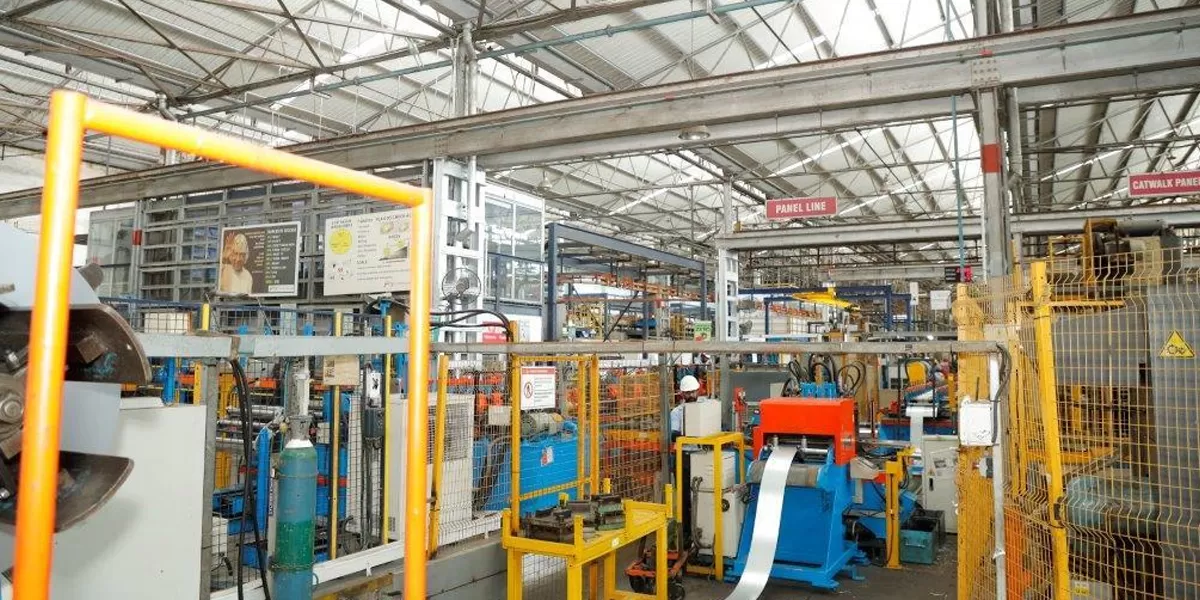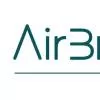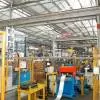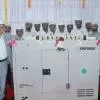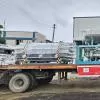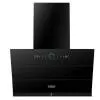Nagpur is the 13th largest city by population in India. And according to an Oxford Economics report, it is projected to be the fifth fastest growing city in the world from 2019-2035, with an average growth of 8.41 per cent.
Evidently, the city needed a rapid and green transit network to help transform it into a smart city. This has been answered with Phase 1 of the Nagpur Metro project. Afcons Infrastructure recently completed the construction of Reach 3 of the East-West corridor of Phase 1 of the project in a record 28 months; the project will soon be inaugurated. The 11-km viaduct will soon provide better and safe transportation for the people of Nagpur.
Benefits to the city
A clean, smart and quick mode of transport is the need of the hour for the smart city of Nagpur. The metro-rail project aims at reducing traffic congestion; improving air quality and reducing pollution; significantly reducing travel time; and lowering the carbon footprint by shifting private vehicle users to energy-saving and efficient public transport. The metro-rail service between Sitabuldi and Lokmanaya Nagar stations provides connectivity to the educational hub in the city and MIDC Hingna, the industrial area.
Key highlights
Civil structure specifications in the construction of Reach 3 included: Foundation – pile, pile cap, open foundation and pedestal; substructure – pier, cantilever pier cap, standard pier cap, portal; and superstructure – segment casting, segment launching, I-girder casting, I-girder erection deck slab casting.
Other highlights:
Nagpur Metro Phase 1 is a 41.7-km project, and Afcons’s scope includes 17.087 km in two stretches: Reach 2 (North-South corridor) and Reach 3 (East-West corridor), and, Sitabuldi Metro station (50 per cent of the entire phase)
370 spans launched in just 20 months with a record peak progress of 30 spans in one month.
3,456 segments cast in 20 months, a rare feat in the Indian metro-rail segment.
Sitabuldi Interchange Station made operational for the North-South and East-West corridors in just 20 months.
Execution records
Meticulous planning and efficient execution were the key factors that ensured that Nagpur Metro Reach 3 was executed in a record 28 months. As Vaikunth J Pai, Project Manager, Nagpur Metro Reach-3, Afcons Infrastructure, shares, “The team submitted the design and received the requisite approvals from the client on time. Afcons deployed three launching girders and six sets of ground support staging for segment launching. A considerable amount of time was saved when the number of portals in the project was reduced to 20 from 57.” Further, another methodology used was segment casting—using the long-line method with 10 beds of segment casting.
Design and construction techniques
The Reach 3 corridor was planned in an efficient and sustainable manner. As Pai elaborates:
- Segment launching over Govari Flyover using GSS and launching girders: At Nagpur Metro Reach 3 project, the Afcons team had to launch a segment on span over the busy Govari flyover at Jhansi Rani Square. However, the segment could not be hoisted in the conventional method as the existing structure was causing an obstruction. Therefore, a tower with single-piece sliders was erected near P293 at the end of the flyover. The segment was then placed on the tower using cranes and was lifted from there using an indigenously designed and fabricated launching girder.
- Maximum height of pier: 25 m
- Maximum curve radius: 125 m
- Maximum gradient: 2.461
- Maximum span length of viaduct: 36 m.
- Afcons installed GSS sliders over cribs and launched the segment using the launching girder at the crossing of the nallah between the span in the Crazy Castle area.
- A cantilever staging arrangement was used for the construction of pier arms at Ambazari Station. The station was constructed over the slope of a dam, where support was taken from the pedestal itself.
- A GSS staging system was used for the construction of the pier arm to save time, as crib staging involves welding and cutting.
- A combination of GSS and launching girder was used for launching at P169-170, which was obstructed by overhead and underground water tanks.
- Construction of portal for future expansion: The Nagpur Metro project has been planned keeping in mind the possibility of expansion in future. The construction of a portal was proposed for this purpose. However, a challenge was that land was not available for the construction of one leg of the portal. Hence, Afcons designed the portal in such a way that it can be accommodated in available land, and expanded for future construction.
- Construction of pier cap without pier arm at LAD station: The normal sequence of construction of the pier cap at the station location is to build the pier arm first and then the pier cap. As land was not available at the LAD station and waiting would have resulted in loss of time, pier caps were cast without casting the pier arm.
- Fly ash was used as a replacement for cement in concrete.
- At Ambazari, the team had to undertake activities around a dam. To maintain the stability of slope of the dam and avoid excavation in the area, the pile cap was constructed above the ground level. It made use of liner while piling to avoid the vibrations of winches at the dam location.
- While making the segments, the team had to change the spacing of bars and increasing the diameter of steel while keeping the quantity of reinforcement same. Also, UPV test was done on each segment.
Quality materials
The project made use of high-quality materials in the construction of this stretch. As Pai shares:
Cement was blended with fly ash and GGBS for the mix design of concrete; this was not only cost-effective but improved the durability of structures.
Micro-silica as mineral admixture was used in concrete, which helped achieve high-grade concrete strength.
VMA (viscosity-modified admixture) was used in self-compacting concrete for controlled cohesiveness and homogeneity of the concrete mix.
A curing compound was used that benefitted the time cycle, resulting in acceptable compressive strength.
Highly fluid epoxy grout (EP-10, Make-Fosroc) and non-shrink grout GP-2 were used for repairing.
Polypropylene fibre was used in concrete for precast structures (segments), which prevented shrinkage of cracks and increased bonding strength.
Inhibitor solution was used to prevent TMT bars from corrosion.
Bipolar admixture was used in concrete for corrosion prevention of TMT bars and had a positive impact on time, cost and manpower.
Solvent-free epoxy resin grout was used for anchor plate grouting.
PCE (polycarboxylate)-based admixture was used in concrete for designing workable parameters.
Omega seal expansion joint was used with high-quality neoprene, which benefitted in terms of the time factor and manpower for easy installation.
Equipment required
The project made use of unique equipment, including:
Three piling rigs – for pile foundation
Six 40-tonne cranes – for pier/pier cap/portal shuttering and de-shuttering
Boom placer – for concreting of pier/pier cap/portal
Five 20-tonne excavators with rock breaker – for open foundation
Five 60-tonne gantries – for loading of segments and I-girder
Nine 60-tonne trailers – for transportation of segments from casting yard to site
Two 100-tonne modular trailers – for transportation of I-girder
Three launching girders and six GSS – for span erection
Three 200-tonne cranes – for I-girder erection and segment erection in GSS.
Safe and green
Safety and environment-friendly construction measures were taken to protect the safety and health of every person at site; comply with the relevant statutory and contractual safety, health and environment requirements; have trained, experienced and competent personnel and supervision; maintain plant, places and systems of work that are safe and without risk to health and the environment; provide all personnel with adequate information, instruction, training and supervision; effectively control, coordinate and monitor the activities of all personnel, including contractors, in terms of safety, health and environment and security; and establish effective communication on safety, health and environment matters with all relevant parties.
“Afcons establishes and maintains strong health, safety and environment protocols for any project,” says Pai. “We have mandatory, daily briefings by safety officers and the shift in-charge before the shifts every day. For every phase of the project, we planned safety inductions for all workers and employees. All personal protective equipment is checked and maintained periodically to ensure the highest safety of people. We have always followed a safety culture and constantly promote it through various awareness sessions, camps, check-ups, etc.” Afcons has clocked 12 Million Safe Man Hours in the Project till date.
What’s more, as this work was undertaken in the city area, all excavated earthwork was properly disposed of at designated locations to ensure it did not affect the environment. Further, standard procedures and protocol were followed at site to reduce energy consumption.
Evidently, the Nagpur Metro is living up to its fast, clean, green promise!
- SERAPHINA D’SOUZA
Project details
Location: Nagpur
Total length: 11 km
Construction contractor: Afcons Infrastructure. Tel: 022-6719 1000. Website: www.afcons.com
Architect/Planner: Enia. E-mail: studio@enia.fr Website: www.enia.fr
Total cost: Rs 4.76 billion
Design consultant: Kirti Consultant
General consultant: Egis. Website: www.egis-group.com; RITES. Website: www.rites.com, Systra. Website: www.systra.com; Aecom. Website: www.aecom.com
